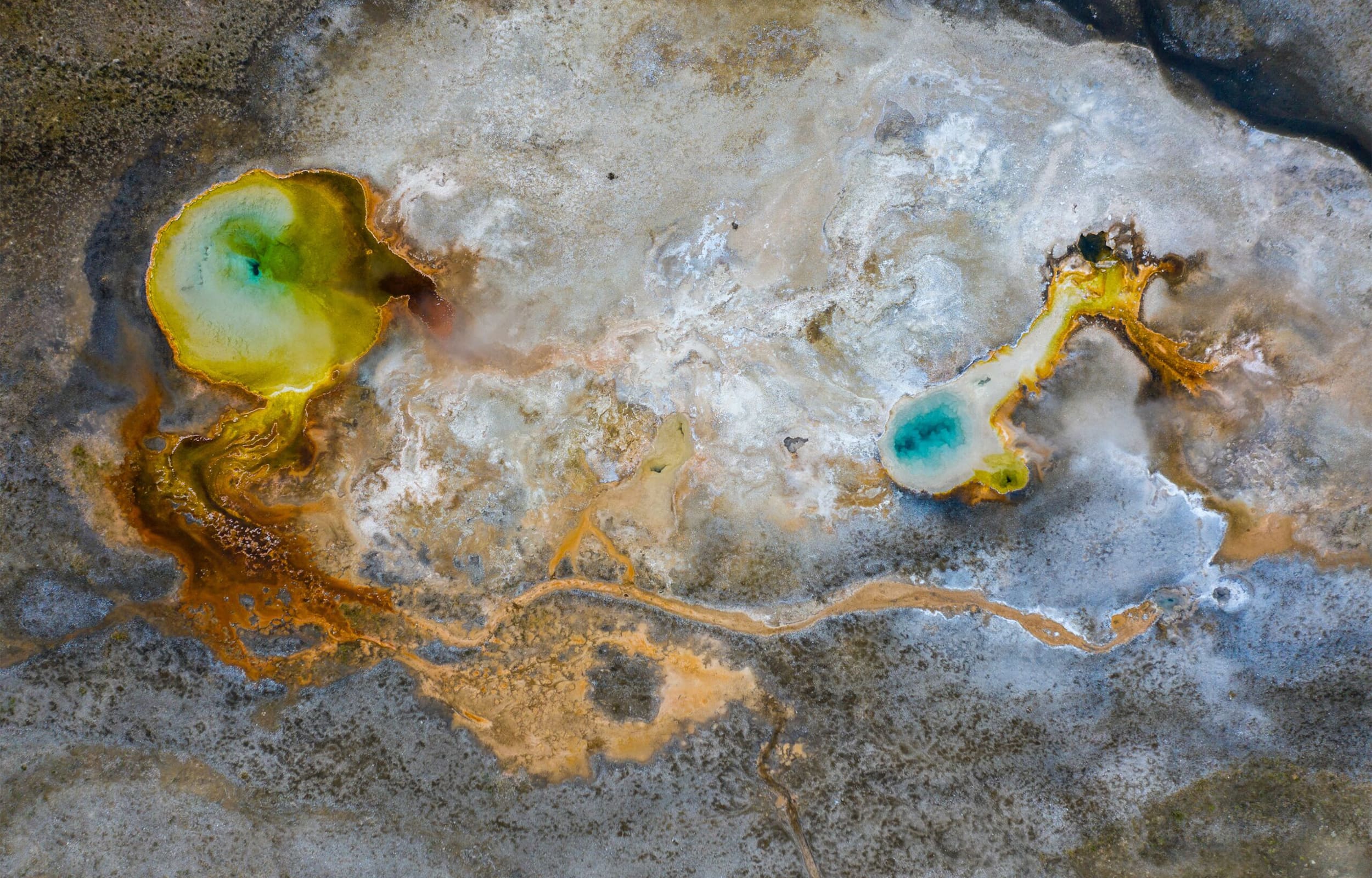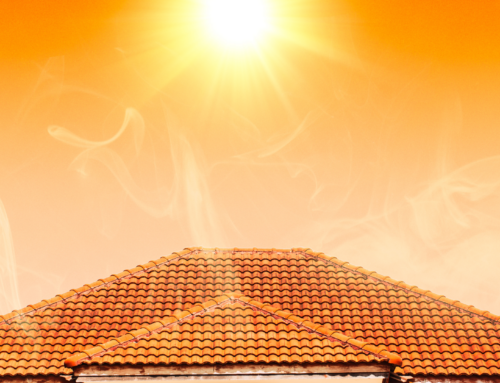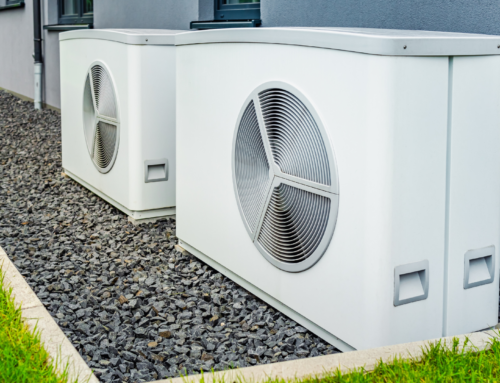The output of excess heat can have major detrimental impacts on our communities and environment. Here’s what you should know about thermal pollution.
What Is Thermal Pollution?
Thermal pollution is the release of excess heat into the environment, which can have harmful effects on both humans and wildlife. It is a common byproduct of industrial and power generation processes, which often release large amounts of heat as a result of burning fossil fuels or using other energy sources.
Effects of Thermal Pollution
Thermal pollution can make significant impacts on water bodies such as rivers and lakes. When these bodies of water absorb excess heat, it can lead to a rise in temperature, which can be harmful to aquatic life. Thermal pollution can also cause a decrease in oxygen levels in water, leading to hypoxia, or “dead zones.” This can result in the death of fish and other aquatic organisms, the alteration of behavior and reproductive patterns of aquatic animals, and the proliferation of harmful algae blooms.
But aquatic animals are not the only ones to feel the effects of thermal pollution—humans are affected, too. Excess heat can increase the risk of heat stroke and other heat-related illnesses, and can make it more difficult to sleep or work in hot conditions. That’s why, as climate continues to change, places like Colorado are re-evaluating how they measure heat risk.
Thermal pollution can also contribute to climate change via the release of greenhouse gasses into the atmosphere.
Reducing Thermal Pollution
Actions that can help reduce thermal pollution include:
- Implementing heat-recovery systems: These systems capture excess heat and use it for other purposes, such as heating water or buildings.
- Planting trees: Trees and other vegetation can help to absorb excess heat and reduce urban heat island effects.
- Using cleaner energy sources: Switching to renewable energy sources such as solar or wind power can help to reduce the release of excess heat into the environment. Click here to learn how we can fund your clean energy home project.
Thermal pollution is a serious environmental issue that can have harmful impacts on humans, wildlife, and our climate as a whole. By taking steps to reduce it, we can work toward a future that’s sustainable, healthy, and—literally and figuratively—cool.
Are you considering a switch to clean energy? If so, we’re here to support you! At the Colorado Clean Energy Fund, we support Coloradoans in their efforts to transition to clean energy. We use the tools we have as a green bank to break down the financial barriers that inhibit access to clean energy for communities across the state. Learn about our residential programs here to see how we can help you upgrade your home for energy efficiency.
Sources:
- https://www.sciencedirect.com/topics/earth-and-planetary-sciences/thermal-pollution
- https://education.nationalgeographic.org/resource/dead-zone
- https://khn.org/news/article/climate-change-colorado-weather-heat-advisories-risk/
- https://www.epa.gov/green-infrastructure/reduce-urban-heat-island-effect







